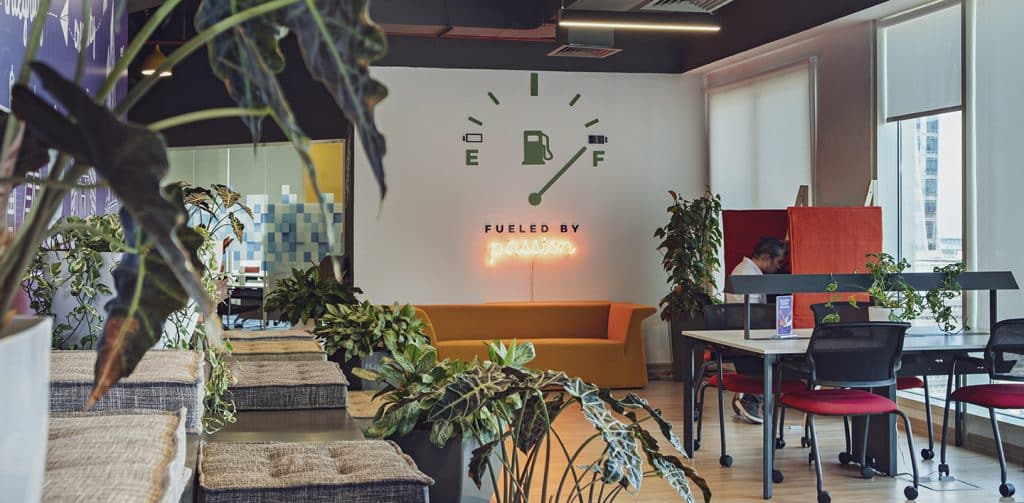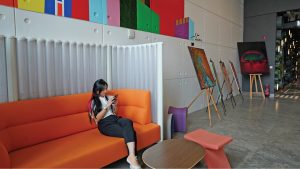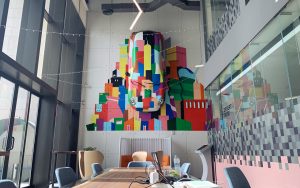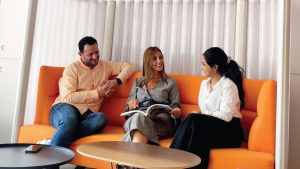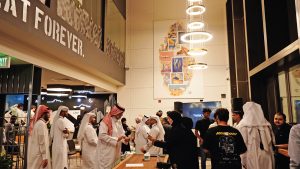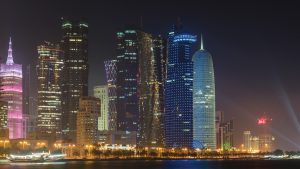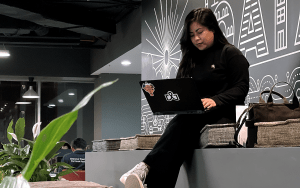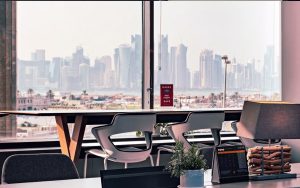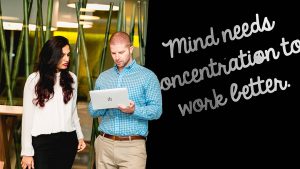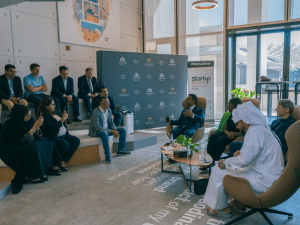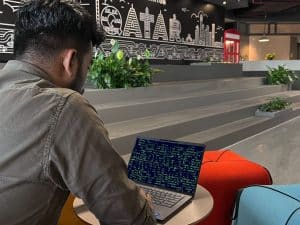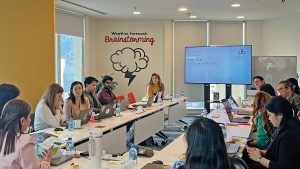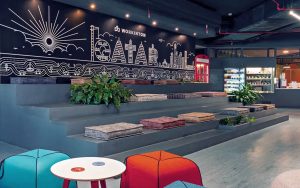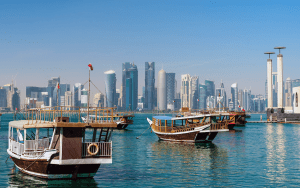How you design your workspace not only impacts how your employees go about their day, it can also impact how productive your workspace is, and what kind of company loyalty you inspire.
For the sake of clarity, we are talking about interior workspaces for the most part. While landscaping outside can be a huge benefit to your enterprise, interior spaces are where your employees are likely to spend most of their time. That means that those interior spaces are most critical for business success.
Using different kinds of spaces, and even interior elements like plants, music, lighting, and different kinds of furniture create your interior landscape and workspace.
Creating an innovative and functional workspace is critical if you want to attract Millennials to your workforce, but it can help improve the morale and productivity of other employees as well.
Aim for a Better Workspace
Workspaces need to do more than they did in the past. With cloud-based information systems making working from home easier and reducing how much space your employees need for documents and work tools your workspace needs to go further.
Part of that is because candidates and employees are more likely than ever to be looking for places where they can work from home, and also because they are looking for more benefits in their workspace.
It’s also true that your workspace will help boost productivity and morale if it’s well designed. If you give your employees more than just a place to work, they’ll give you more in return.
Always keep your employees and their kind of work in mind. If your enterprise requires a lot of collaborative work, you should make sure the space for that kind of work is available.
If you have a lot of employees focused on demanding, individual tasks at your workspace, you should also make sure they have the option of private spaces that can be customized to their needs.
Activity Workspaces
One of the most popular new office space designs, activity workspaces allow employees to move from place to place based on what they’re doing. That means doing away with assigned cubicles and seating plans and giving your employees the power to choose how they’ll get their work done and where they’ll do it.
Generally, this means creating an office that accommodates a lot of different work styles. Make sure you have spaces for different kinds of work, including:
- Private spaces designed for concentration
- Comfortable spaces that reduce stress
- Relaxation spaces with games and activities
- Cafes for meals and more casual meetings
- Meeting spaces for brainstorming and more formal meetings
- Areas for non-meeting collaborative work
While it might sound like a challenge to design for that many different spaces, there’s probably more overlap between those different categories than you’re imagining.
You also don’t have to add all of those spaces at once. Try to add a few during your next office upgrade or remodel, and a few more with the upgrade after that. Prioritize the kinds of spaces that are most important for how your employees work and the spaces that reflect your company values, and you’ll be in good shape.
Plants and Green Spaces
In addition to the different kinds of space, you also need to think about what you should include in your workspace.
Take plants and green areas for instance. People are generally a lot happier when they can interact with nature. That might mean offering desk plants and decorative plants throughout the office, or it might mean having a small indoor garden.
It’s more than just morale though. Plants also help to keep the air in your office fresh. They recycle CO2 into oxygen, boosting the health of your workers and making it easier to concentrate.
The green of leaves and bright colors of flowers can also help to liven your workspace, making it a better place to be. Not to mention that natural soil can help boost employee mood thanks to its scent and the negatively charged ions released by the soil.
There are enough benefits to plants that it’s a good idea to include at least a few plants in almost any office plan.
Music and Atmosphere
Not every workspace can incorporate music, and not every space in your workspace needs to have it but giving your employees the option of playing quiet music can be a huge morale boost.
It’s important to provide both musical spaces and non-musical spaces if you’re going to incorporate music into your workspace. That’s because music can help some employees concentrate, while it will be more distracting to others.
Consider things like whether your employees will be allowed to play their own music (and the rules you’ll need to make that a reasonable option), or whether you should pick a radio station or even make a workspace playlist they can use.
Will you allow headphones and earbuds? If so, will you regulate where they are used or trust your employees to be responsible with the privilege?
While these aspects of flexible workspaces can sometimes mean more rules and make management a little more complicated, the more options you give your employees the better your results will often be.
Lighting
Lighting is one of the most important aspects of any modern workspace. Good lighting should be a screen-friendly combination of natural light from windows and glass ceilings and artificial lighting from steady fixtures that don’t have the buzz or flicker of fluorescent lighting.
Consider giving your employees the flexibility to design their space around the available light, and the power to brighten or dim their own workspaces as needed.
Ceilings and Windows
Another important aspect of workspace design, your ceilings and windows can make a huge impact on how open or closed your workspace feels.
Higher ceilings can help create a quieter more open feeling space. Incorporating glass ceilings, skylights, and other natural light sources can also make your workspace feel more natural and relaxed. But they aren’t suitable for every space.
Try for natural light and high ceilings in common areas but include some smaller spaces for concentration and more focused meetings.
Many of your workspaces will also benefit from large windows, especially if you have a beautiful natural landscape, or plan to create one in the future.
Just remember to include blinds on any windows for when natural light gets a little too bright, or outside views get distracting.
Wrap-Up
These essentials of landscape design in the workplace are only a primer. There are many other aspects of your workspace that you should consider, like the on-site benefits you offer your employees and the size of their different workspaces.
Even the colors, decorations, and themes of your workspace can have an impact on how it feels for your employees. Don’t be afraid to get detail-oriented when you’re considering a remodel or picking an entirely new space.
The details matter, and if you’re looking to create an innovative and modern workspace landscape, every decision will have an impact.
